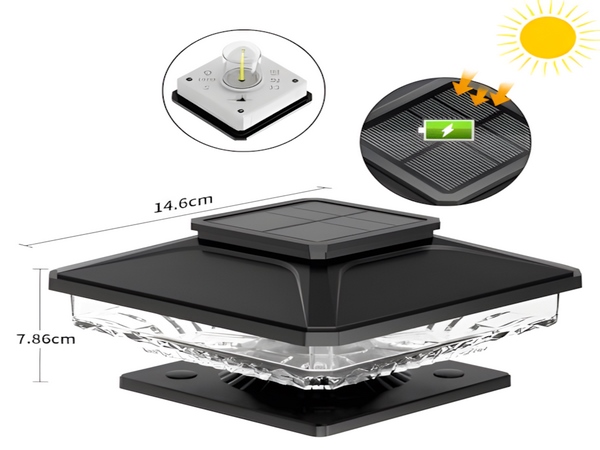
Nowadays, solar street lights are installed in urban areas. Solar street lights not only provide illumination to people at night but also enhance the beauty of the city at night. However, some solar street lights illuminate during the daytime, wasting energy and failing to function properly at night. So what causes solar street lights to light up during the day? Here, I will provide a detailed explanation.

1. Solar panels convert sunlight into electrical energy; the stronger the sunlight, the lower the output voltage under weak light. The output voltage of the panels can be used as a basis: if the voltage falls below a certain level, the street light will turn on; if the voltage is above that level, the street light will turn off.

2. If the solar panels are covered, it can also cause the solar street lights to malfunction, such as when covered by heavy snow or dust. When these obstructions cover the solar panels, the output voltage will drop below a certain value, triggering the solar street light to turn on.
3. The solar street light controller shows a low voltage state, meaning it doesn’t light up after dark, but the battery voltage has exceeded the low voltage threshold, indicating that the battery is charged. Once the battery voltage drops to this point, the controller will cut off the power to prevent excessive discharge that could affect the subsequent use of the entire device. Discharge will only resume when the charging voltage reaches 24V (the default value of the controller). This setup is mainly to prevent the battery from being damaged due to prolonged deep discharge. In a low voltage state, if the solar street light controller is not restarted, voltage levels between 22.2V and 24V are considered low voltage states, and discharge will only continue once the battery voltage exceeds 24V.
4. Light-sensitive resistors are particularly sensitive to light; they have a high resistance in low light and lower resistance as the light intensity increases. By adjusting a variable resistor, a balance point can be found, resulting in a low resistance under strong light. However, light-sensitive resistors have certain drawbacks. They have high installation requirements and are prone to false control during rainy or overcast weather.
The reasons for solar street lights illuminating during the day have been shared here. Additionally, there is a less likely cause: during rainy weather, if the solar panels absorb insufficient solar radiation and produce weak electrical output, the controller may mistakenly believe it is dark and automatically turn on the lights.



